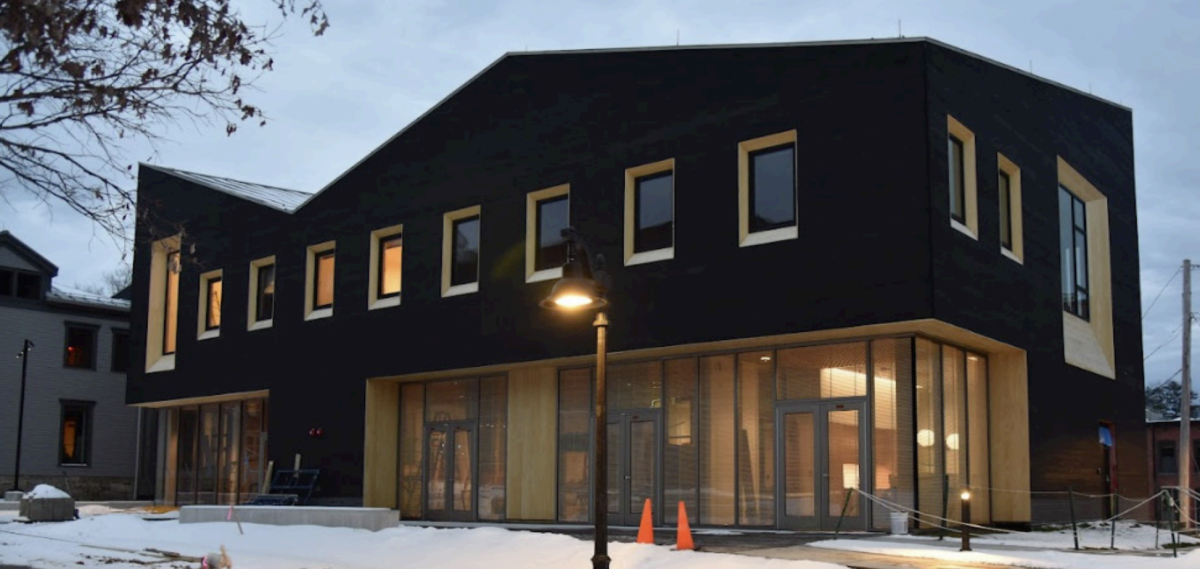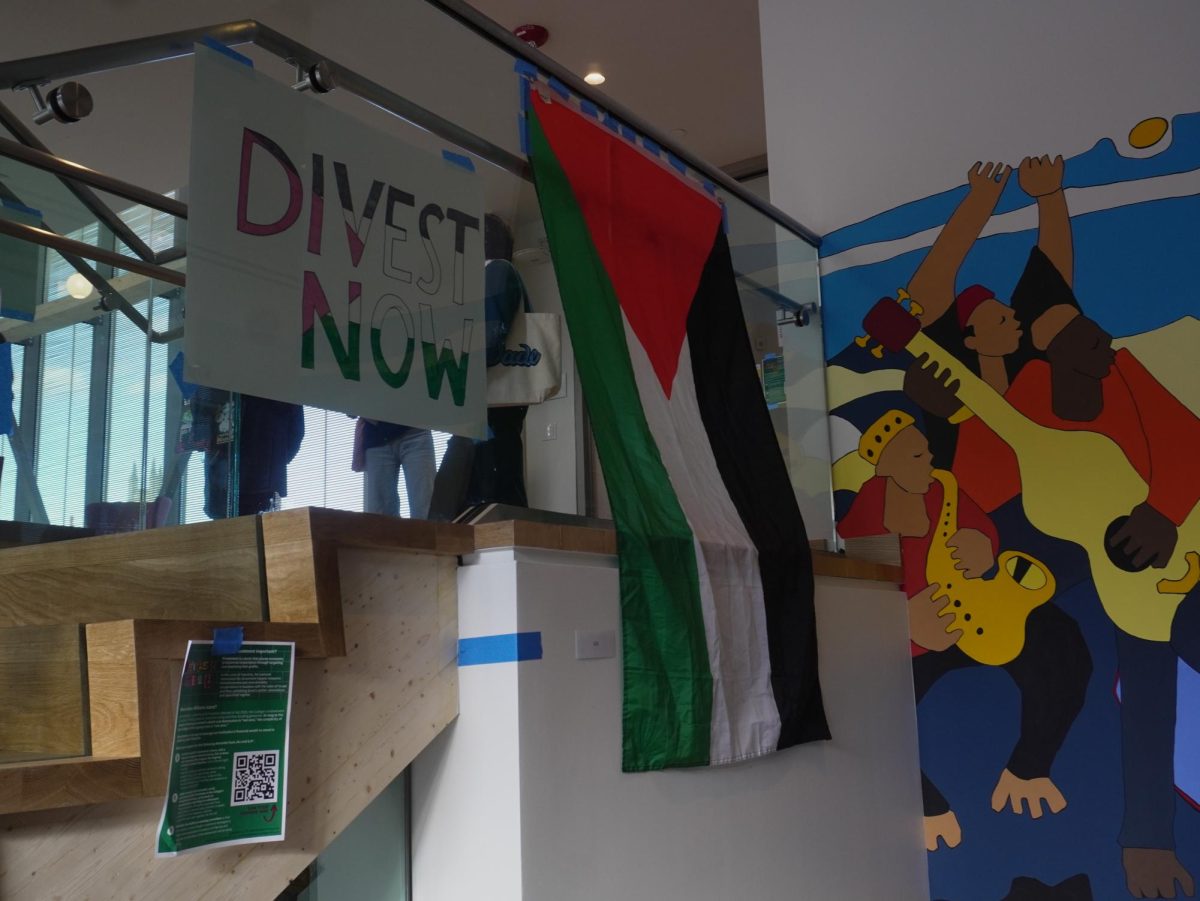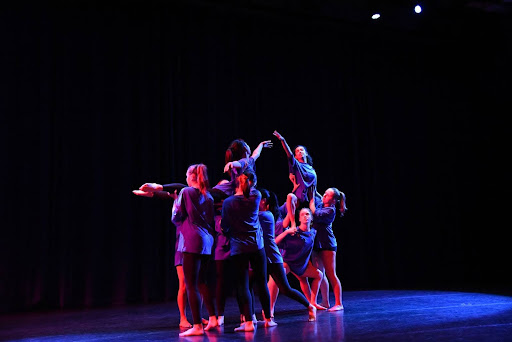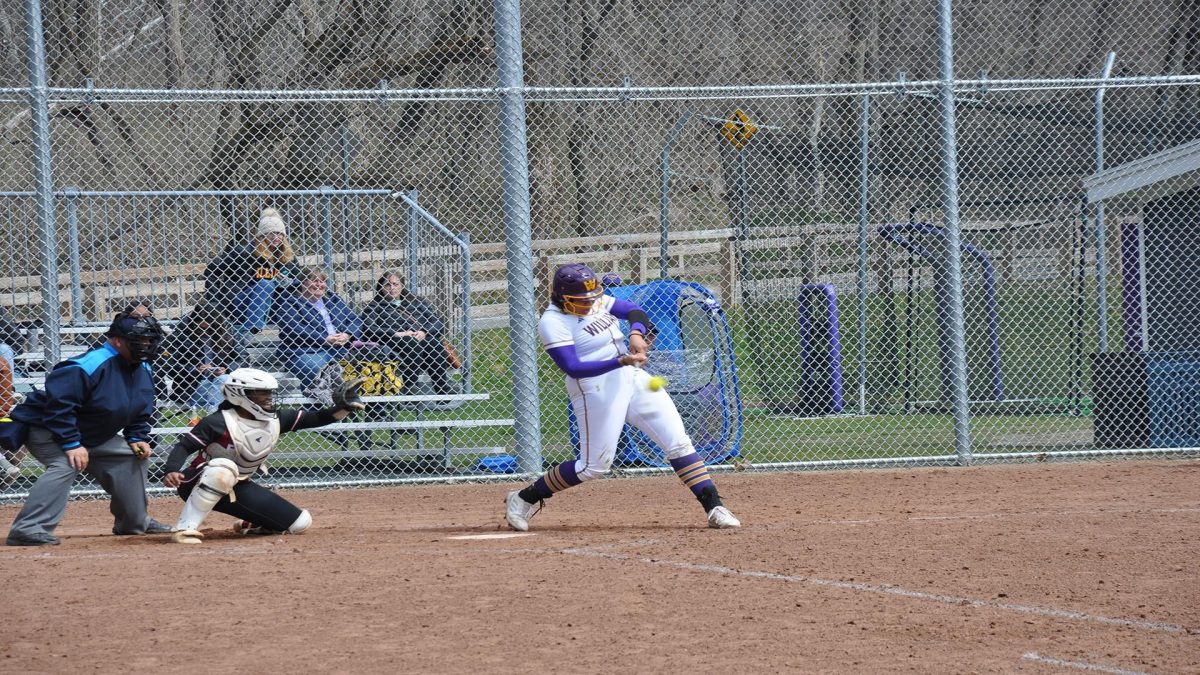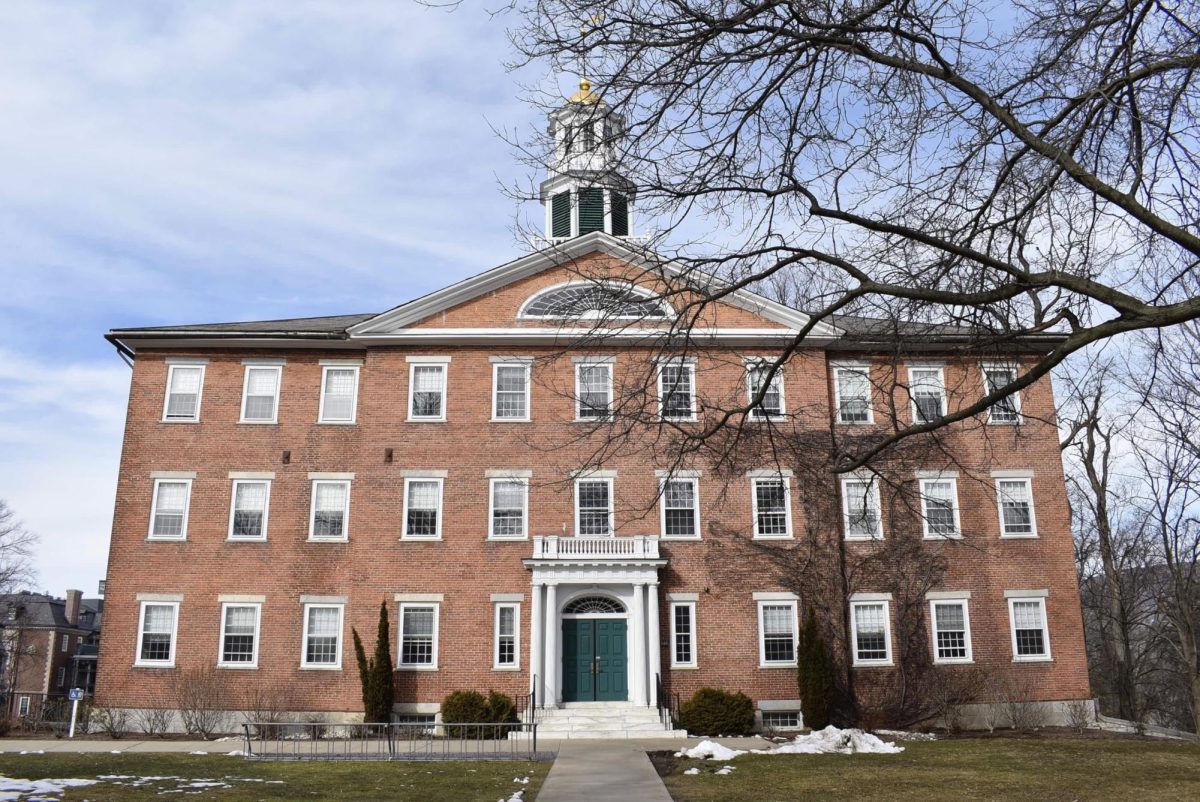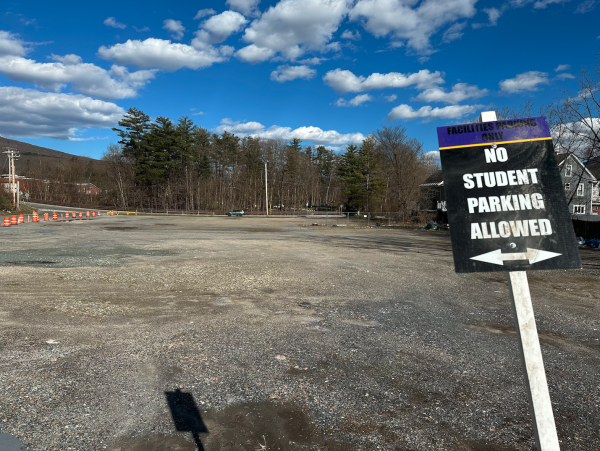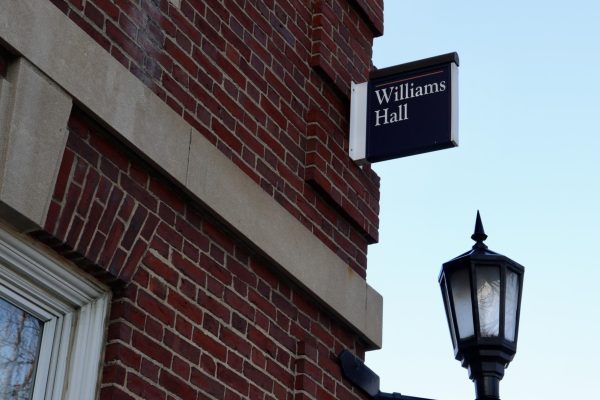A vehicle for institutional inequality: The College’s lack of transportation options needs to be addressed
December 7, 2022
Transferring to Williams from community college, I had a lot of expectations concerning my ability to perform academically, navigate a four-year college, and find my place within the Berkshire community. However, one thing that I didn’t expect from Williams was its lack of transportation. The rural nature of Williams, as I’m sure many students can attest to, is both a blessing and a curse. While it often brings us closer together as a community, it makes everything we’ve left behind that much farther away from us. I soon realized this when booking transportation to and from the College became an almost impossible game of balancing my finances, my schedule, and, most of all, the limited transportation options at my disposal. Conflicts in flight, motorcoach, and class schedules left me with no choice but to find transportation with an informal driver, costing me more than half of my flight ticket itself. Many low-income students, including myself, are often faced with an impossible decision when they lack institutionally provided transportation, as they must choose to either visit family or keep themselves financially afloat.
However, many would assume that these problems are merely superficial — results of bad planning on the part of the student, right? But this problem goes much deeper than simply lack of motorcoach tickets, it illustrates the College’s present and historical catering toward wealthy students. The founding of liberal arts colleges such as Williams was done in the spirit of retaining the children of the elite, with Williams historically be- ing the home for young males flocking from New York’s elite boarding schools. This history shapes Williams’ current non-chalant attitude toward transportation, as most students previously would have had private drivers or enough wealthy friends with cars to take them to and from Williamstown regularly. This implicitly creates a socioeconomic divide be- tween students who have and don’t have access to personal transportation.
For students without their own personal cars, a friend or acquaintance to drive them, or the wherewithal to pay for a taxi service, the College-sponsored Motorcoach service is often the best option to get on and off campus. However, this service is competitive to secure, provides transportation at times that often conflict with students’ schedules, is expensive for many low-income students at the College, and only operates as holiday transportation. Low-income students who aren’t able to get a motorcoach ticket in time are often stuck in Williamstown longer than expected, which is due to a lack of affordable alternative options. Students who rely heavily on the College for financial aid should not be expected to fend for themselves to leave campus and see their families. Williams’ minimum provisions to alleviate this should be weekly motorcoach trips and free holiday motorcoach tickets for students who are on financial aid, which can help in providing students with a consistent transportation service to and from campus. Transportation is a need that all students have here at Williams — a service that operates semester-round should reflect our institution’s desire to provide for it.
Transportation inaccessibility at the College is especially relevant for this year’s first-year and transfer class, which has a historically high number of first-generation low-income (FGLI) students. First-years are not allowed to bring their cars to campus, haven’t built up a group of friends who could drive them around, and may be in the dark about the College’s ways to get to and from the out- side world. Students of color in particular often find the College difficult to adjust to not only due to its status as a predominately white institution (PWI), but also because of its isolation from broader diverse communities. The problem of PWIs is not just due to the overwhelming proportions of white students that inhabit their campuses, but in how the services and resources that PWIs provide often gear toward supporting the racially and socioeconomically advantaged. In the case of Williams, this is explicitly rendered in how the College operates its transportation services, leaving it solely up to students’ personal means in getting to and from campus.
However, this problem can be alleviated. Other colleges, both rural and urban, implement transportation services that the College could use as examples. Johns Hopkins University provides an on-demand shuttle service for select locations near its campus and runs a routed shuttle service from morning to midnight across Baltimore. Bennington College, a more rural school, provides its students with on-demand van transportation to and from Bennington and other locations within the vicinity. In order to do this, students contact Bennington transportation services, which then send out a driver to pick up and drop off the student at any of the locations listed on their catalog. In comparison to both of these institutions, Williams has far more money per student, but its transportation services are comparatively lacking. Recent budget cuts should not hinder the College’s ability to provide regular shuttle trips to and from Albany and Boston, both of which serve as vital transportation hubs for students.
If we want to attract the best and the brightest, regardless of income level, providing accessible transportation should be a priority for the College. Students of color and low-income students should come to the College knowing that they can have the “Williams experience” but not need to sacrifice access to a city or a community that can support them. Transportation should be an accessible service that is provided year-round, not just when it becomes relevant for holidays.
Hamza Woodson ’25 is from Baltimore, Md.


